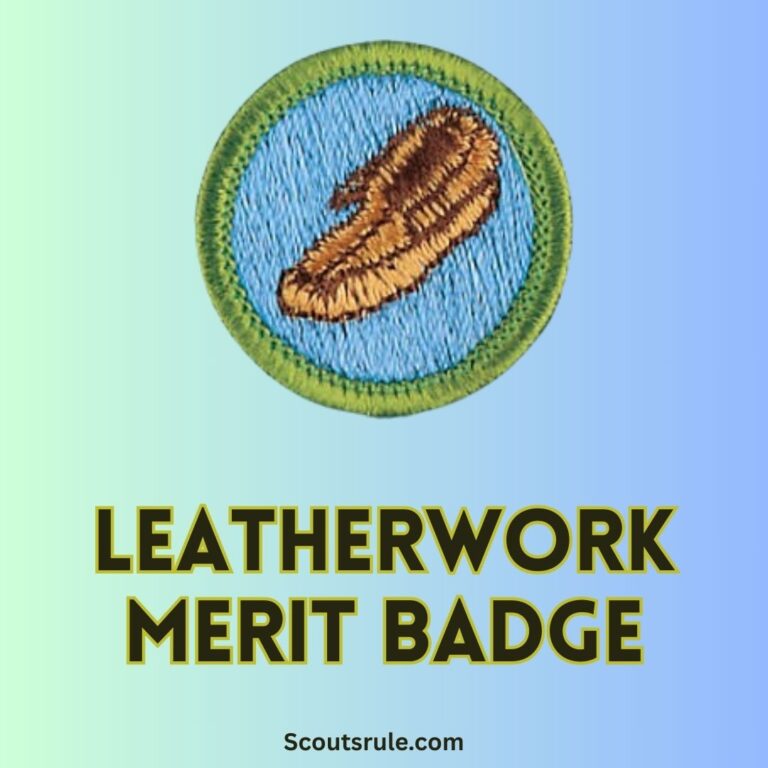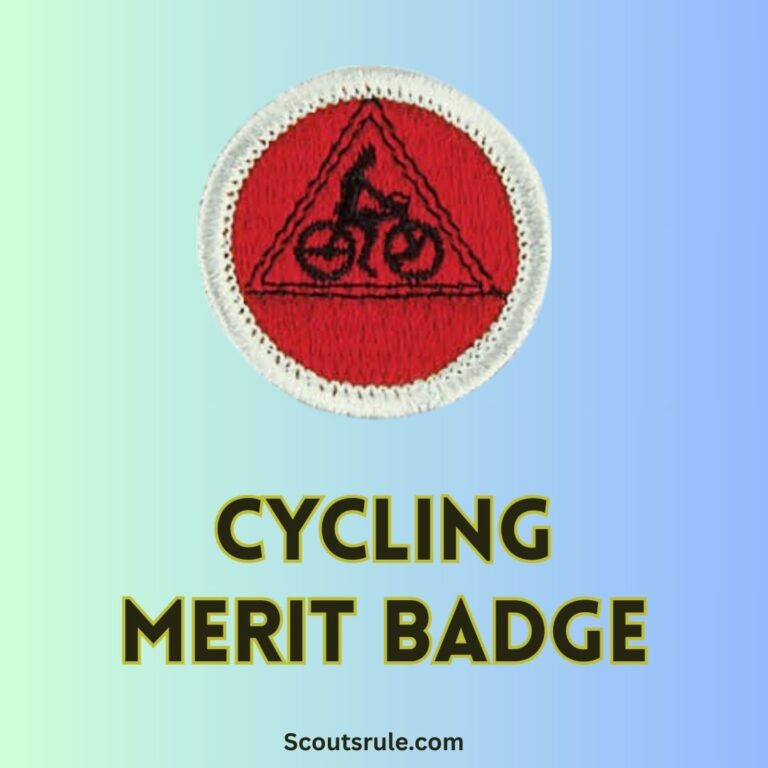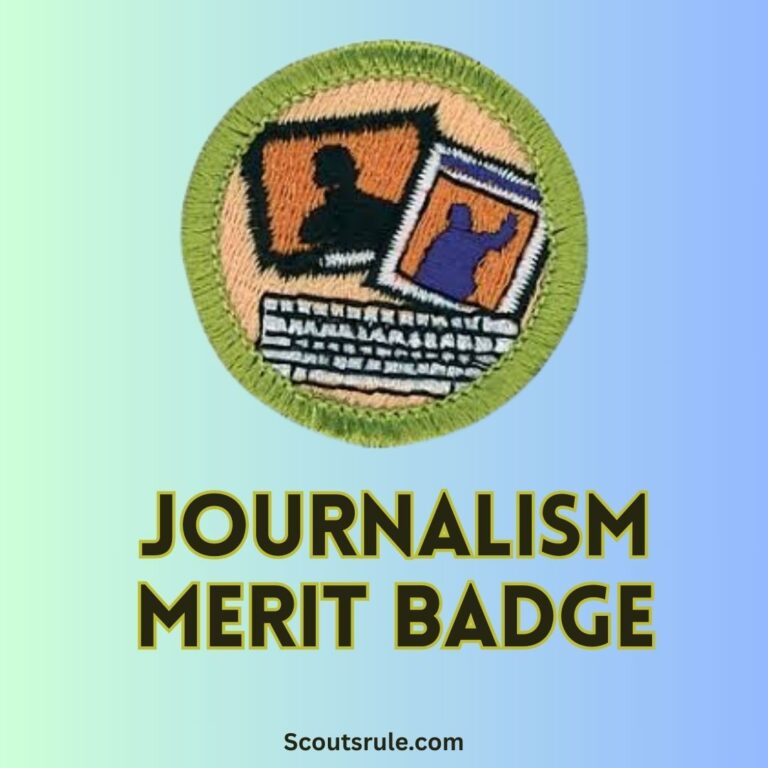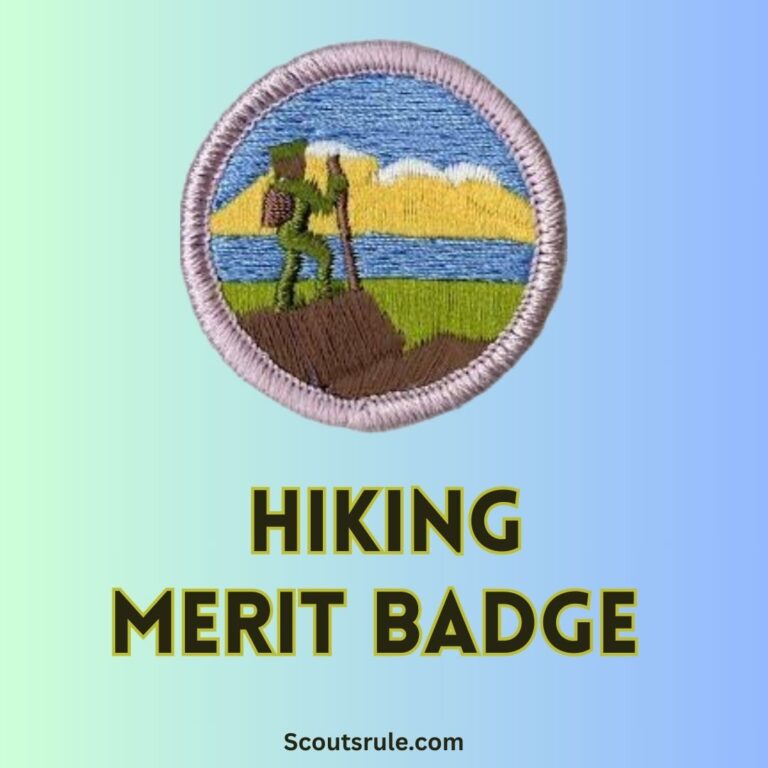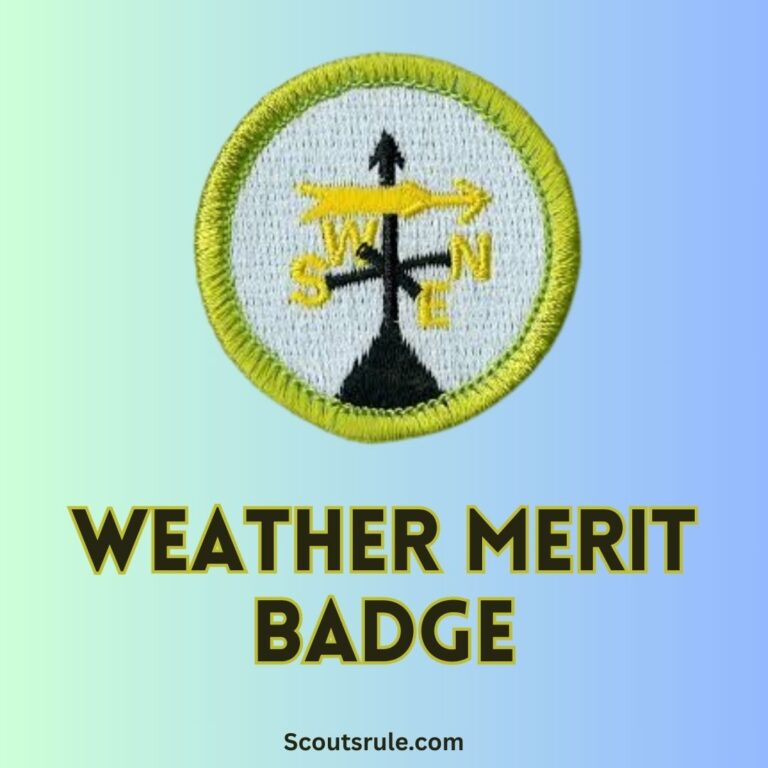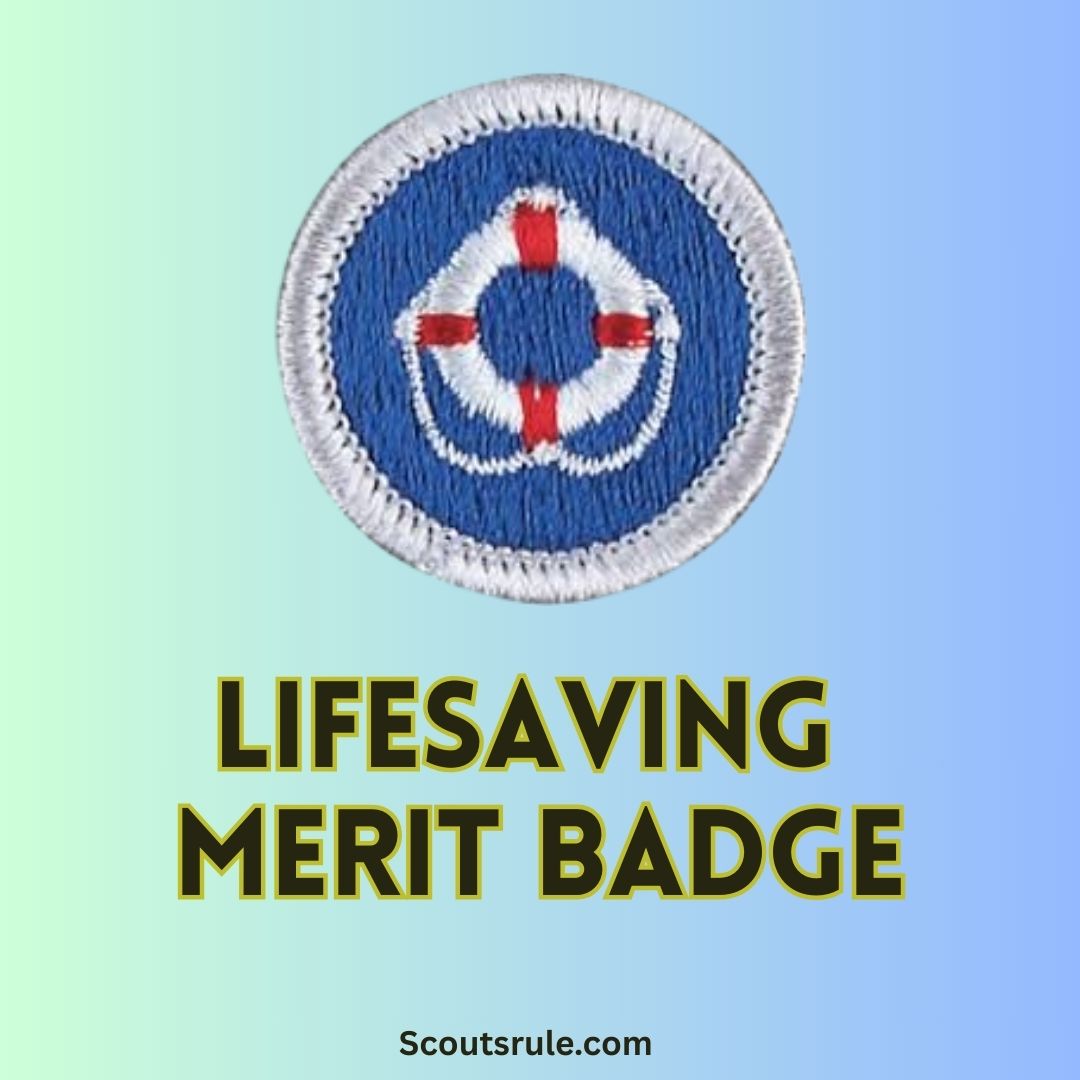
This guide is designed to help you explore the principles of water safety and rescue, develop the practical skills needed to respond to aquatic emergencies, and document your progress as you work through the badge requirements. It’s intended to serve as an educational resource and study aid that complements the official Boy Scouts of America merit badge pamphlet. Always refer to the latest official guidelines and work closely with your merit badge counselor to ensure your work meets local council standards.
Post Contents
- Introduction: The Importance of Lifesaving Skills
- 2. Purpose and Objectives
- 3. Overview of Badge Requirements
- 4. Detailed Safety Practices and First-Aid Procedures
- 5. Practical Projects and Hands-On Activities
- 6. Documentation, Record Keeping, and Presentation Strategies
- 7. Additional Tips, Resources, and Career Connections
- Conclusion: A Lifelong Commitment to Aquatic Safety
Introduction: The Importance of Lifesaving Skills
Water can be both a source of enjoyment and a potential hazard. Whether you’re swimming in a pool, a lake, or the ocean, knowing how to respond in an emergency can save lives. The Lifesaving Merit Badge is one of the Eagle-required badges and teaches you’ll need to help others in distress on or near the water safely and responsibly. Through this badge, you will learn not only the physical techniques required for water rescue but also crucial concepts in risk assessment, personal and team safety, and first-aid in aquatic environments.
By mastering lifesaving skills, you gain confidence in your swimming ability and prepare to act decisively under pressure—qualities that are essential for your personal safety and for those you may assist in an emergency.
2. Purpose and Objectives
The key objectives of the Lifesaving Merit Badge include:
- Developing Water Safety Awareness: Understand the hazards present near water, from drowning risks to weather-related dangers, and learn how to approach these hazards proactively.
- Building Advanced Swimming Ability: Achieve the required swimming proficiency (often including earning the Swimming Merit Badge first) to safely perform lifesaving tasks in varied aquatic environments.
- Mastering Rescue Techniques: Learn and practice specific rescue methods—such as “reaching,” “throwing,” “rowing,” and “going” into the water—while prioritizing your own safety. Distinguish between rescuing a conscious person versus an unconscious subject.
- Learning First-Aid and Emergency Response: Develop a sound understanding of first-aid steps needed after a rescue, including basic CPR, treating minor injuries, and safe practices to avoid personal harm.
- Documenting and Reflecting on Your Progress: Keep a detailed record of your outdoor water training activities and rescue skill practice. This not only demonstrates your proficiency but also enhances your learning experience.
- Exploring Career and Future Applications: Consider how lifesaving skills are applied in professional contexts such as lifeguarding, emergency management, and water safety instruction.
These objectives will ensure that you are prepared to act swiftly and responsibly in a water emergency and that you develop a mindset of safety and vigilance.
3. Overview of Badge Requirements
While you should always refer to the current official BSA pamphlet for exact wording, the Lifesaving Merit Badge typically covers these core areas:
3.1 Safe Swim Defense
Before beginning the rescue requirements, you must review the principles of Safe Swim Defense with your merit badge counselor. This foundation emphasizes preventive behavior and sharp situational awareness while in or near the water. The key points are:
- Recognizing drowning hazards.
- Maintaining safe distance from swimmers in distress.
- Constant vigilance and ready responses.
3.2 Swimming Proficiency
A prerequisite is strong swimming ability. For example:
- You must have earned the Swimming Merit Badge.
- You should be able to swim continuously for a specified distance (often 400 yards), using various strokes (front crawl, sidestroke, breaststroke, and elementary backstroke) with good form, rhythmic breathing, and confidence. This ensures that you have the endurance and ability to enter the water and perform rescues when needed.
3.3 Rescue Methods and Techniques
The badge focuses on teaching several core rescue techniques. These typically include:
3.3a Reaching and Throwing Rescues
- Reaching Rescues: Demonstrate how to extend a long pole, a towel, or other buoyant aids to a swimmer in distress. Your aim is to reach the victim without entering the water yourself.
- Throwing Rescues: Show how to throw a buoyant, throwable aid—such as a life ring or rescue buoy—so the victim can grasp it. This method enables you to connect the distressed swimmer with help while staying safely on shore.
3.3b In-Water Rescue Techniques for Conscious Subjects
- Approach and Tow: Discuss and demonstrate various techniques for approaching a conscious swimmer safely. For example:
- The arm tow, where you reach behind the victim’s armpit.
- The cross-chest carry for someone who is exhausted but still aware.
- Airway protection and how to communicate calmly while in the water.
- Demonstration: With supervision, practice these techniques in a controlled water environment (typically a pool or calm body of water).
3.3c Recovery of an Unconscious or Near-Unconscious Subject
- Safe Entry and Contact: Outline how to enter the water safely and assess the subject’s condition by splashing water to prompt a response.
- Rescue Methods: Demonstrate how to use either a non-buoyant rescue technique (such as the front approach or wrist tow) or an equipment assist (using a buoyant aid) to bring the subject out of the water.
- Follow-Up: Once removed, explain and, if possible, demonstrate the steps for initiating first-aid measures and, if needed, CPR.
4. Detailed Safety Practices and First-Aid Procedures
Being confident in rescue techniques means also prioritizing your own safety. Consider these safety practices:
- Self-Protection: Never enter the water unless all other rescue options have been exhausted. Remember, “reach, throw, row, go” is the established sequence to maximize safety.
- Personal Safety Equipment: Always wear proper garments and use non-slip footwear when working near water. In some cases, wearing a rescue vest (which is usually buoyant) may be required.
- Environmental Awareness: Before undertaking a rescue, assess water conditions (currents, visibility, temperature) and ensure that the area is safe and that help is available.
- First-Aid Preparedness: Learn CPR and basic first-aid responses for water-related injuries. Review methods for treating hypothermia, shock, and potential spinal injuries.
- Practice Drills: Conduct practice sessions with a partner under close supervision and ensure you understand how to safely approach both conscious and unconscious victims.
Document these protocols by writing a safety essay or creating a flowchart that outlines each step from hazard identification to emergency response.
5. Practical Projects and Hands-On Activities
Practical application of lifesaving techniques is a critical component of this badge. Below are sample projects you might complete under supervision:
5.1 Project: Safe Swim Defense Practice
- Objective: Review and demonstrate the Safe Swim Defense principles by simulating scenarios where these techniques must be applied.
- Activities:
- Discuss the eight principles of the Safe Swim Defense plan with your counselor.
- Perform exercises that reinforce maintaining awareness and safe distances from other swimmers.
- Documentation: Record your discussion points, take notes on each principle, and include photos or diagrams explaining how you ensure safety both individually and within a group.
5.2 Project: Rescues for Conscious Subjects
- Objective: Practice reaching and throwing rescues, followed by in-water rescue techniques such as the arm tow and cross-chest carry.
- Activities:
- With the aid of a rescue simulator (such as a rescue dummy or a consenting partner acting as the victim), demonstrate how to extend a long pole or throw a buoyant aid.
- Perform controlled in-water rescue simulations under the supervision of a qualified instructor.
- Documentation: Include photographic or video evidence of your techniques, accompanied by a detailed written description of each method and the rationale behind your chosen approach.
5.3 Project: Rescue of an Unconscious Subject
- Objective: Demonstrate techniques for safely recovering an unconscious practice subject from the water.
- Activities:
- With instructor supervision, perform a simulated rescue, ensuring you follow the proper entry, approach, and extraction protocols.
- Emphasize rapid assessment, safe removal, and arrangement for subsequent first aid.
- Documentation: Record your process in a detailed narrative, supporting your explanation with diagrams or sequential photos. Reflect on the importance of remaining calm and preserving the rescuer’s safety.
5.4 Project: Equipment-Assisted Rescue
- Objective: Show you can effectively use rescue aids.
- Activities:
- Identify different types of rescue aids (e.g., ring buoy, rescue bag, or rope and buoy combination).
- Practice throwing these aids to demonstrate how they can reach a victim 25–30 feet away, ensuring the aid is properly positioned so the victim can grab hold.
- Documentation: Include real-life measurements, clear photographs or videos, and a discussion of why each aid might be used in a particular situation.
6. Documentation, Record Keeping, and Presentation Strategies
Thorough record keeping is essential for demonstrating your skills and progress.
- Maintain a Lifesaving Journal: Keep detailed, dated entries about each practice session, simulation, or classroom discussion regarding lifesaving techniques. Include the conditions (e.g., weather, water conditions) and your personal reflections.
- Photographs and Videos: Capture images or short videos of your rescue simulations, safety demonstrations, and equipment setups. Annotate these visuals to highlight what is being demonstrated.
- Data Logs: Create charts or tables to record performance metrics where applicable, such as distances reached with rescue aids or timing for rescue drills.
- Assemble a Comprehensive Portfolio: Organize your journal entries, photos, videos, diagrams, and any written reports into a final portfolio. Use a clear table of contents and section dividers for each requirement.
- Final Reflection and Presentation: Prepare either a written report or an oral presentation summarizing your entire lifesaving journey. Reflect on the most important safety concepts, your challenges and achievements, and how this badge has prepared you for real-world emergencies.
7. Additional Tips, Resources, and Career Connections
Additional Tips
- Practice, Practice, Practice: Lifesaving skills require both physical strength and mental preparedness. Regular practice sessions will improve your technique and help you respond confidently in emergencies.
- Work with a Team: Some rescues require teamwork. Practice group scenarios where you work with fellow Scouts so you can learn effective communication and interdependent problem-solving.
- Use Technology: Consider using underwater cameras, waterproof notebooks, or mobile apps that give practical feedback on techniques—all tools that can enhance your learning.
- Stay Informed: Read current guidelines on water rescue from reputable sources such as the American Red Cross or local lifeguard associations.
Resources
- BSA Official Materials: Always start with the official Lifesaving Merit Badge pamphlet for the precise requirements.
- Instructional Videos: Many professional lifeguard organizations offer free online tutorials on water rescue techniques. Websites like YouTube host channels from accredited lifeguarding trainers.
- Local Lifesaving Classes: Look for training sessions, lifeguard classes, or emergency response workshops in your area. Real-world practice under expert supervision is invaluable.
- Books and Manuals: Read books on water rescue and emergency first aid. These resources provide both theoretical foundations and practical tips.
- Interviews: Interview local lifeguards or members of emergency services for firsthand insights into lifesaving challenges and successes.
Career Connections
The skills covered in the Lifesaving Merit Badge can lead to diverse career and volunteer opportunities:
- Lifeguarding and Aquatic Safety: Working at community pools, beaches, or public water parks.
- Emergency Management and Rescue Operations: Careers in first response, search and rescue, and maritime safety.
- Public Health and First-Aid Training: Roles in teaching or certification for basic emergency preparedness.
- Environmental and Water Resource Management: Managing or protecting water resources in conservation settings.
Investigate these careers by interviewing professionals or researching educational pathways, and reflect on how lifesaving skills can contribute to community safety.
Conclusion: A Lifelong Commitment to Aquatic Safety
The Lifesaving Merit Badge is more than a requirement—it is an immersive experience that equips you with the confidence, skills, and preparedness necessary to act decisively in water emergencies. By mastering rescue techniques, understanding the principles behind safe swim defense, and practicing both independent and team-based water rescues, you become a more responsible, capable, and caring individual. The hands‑on projects and techniques taught in this badge not only prepare you for real-life emergencies but also instill a mindset of vigilance and readiness that extends well beyond the water.
As you compile your documentation and reflect on your journey, remember that every practice session, every drill, and every careful observation builds a foundation of knowledge that can save lives. Whether you pursue a career in aquatic safety, emergency management, or simply become a more informed and prepared member of your community, the lessons learned here will serve you for a lifetime.
Happy rescuing—and may your commitment to safety, responsibility, and teamwork guide you toward a future of effective lifesaving and compassionate leadership!

Hi, Robin here, A former lead Scout and here I share my inspiring stories about USA Scouts, leadership, adventure, how to guides and more.


